In the modern era of data-heavy IT applications, networking forms the backbone of every digital interaction. At the heart of this interconnected framework lies the data center switch—a crucial piece of equipment that ensures seamless data flow, connectivity, and operational efficiency.
But what exactly is a data center switch, and why is it so important? In this blog, we’ll dive deep into what data center switches are, their key functions, and why they are a cornerstone of any robust networking infrastructure.
What Is a Switch? A Simple Explanation
Before understanding data center switches, let’s first explore the concept of a switch in general.
A switch is a networking device responsible for connecting multiple devices within the same network. By efficiently directing data packets between devices such as computers, servers, and storage systems, a network switch serves as a vital communication hub.
The key purpose of a switch is to optimize data flow within a network. Unlike hubs, which broadcast data to all devices, switches only send data to the intended recipient. This targeted approach improves network performance, reduces congestion, and ensures seamless communication.
Now that we have a foundation, let’s explore how switches are used specifically in data centers.
What Is a Data Center Switch?
A data center switch is a high-performance version of a standard network switch, specifically built to handle the demanding environments of data centers. It serves as the central point for connecting servers, storage systems, and other devices, ensuring smooth communication within the data center network.
Data center switches are designed to manage immense volumes of traffic with ultralow latency and high port density, making them indispensable for cloud computing, telecom networks, enterprise businesses, and more. Without these devices, modern data centers would face significant bottlenecks and inefficiencies.
For a scalable and reliable networking solution, explore products from trusted manufacturers like Lanbras – Data Center Switch Manufacturer.
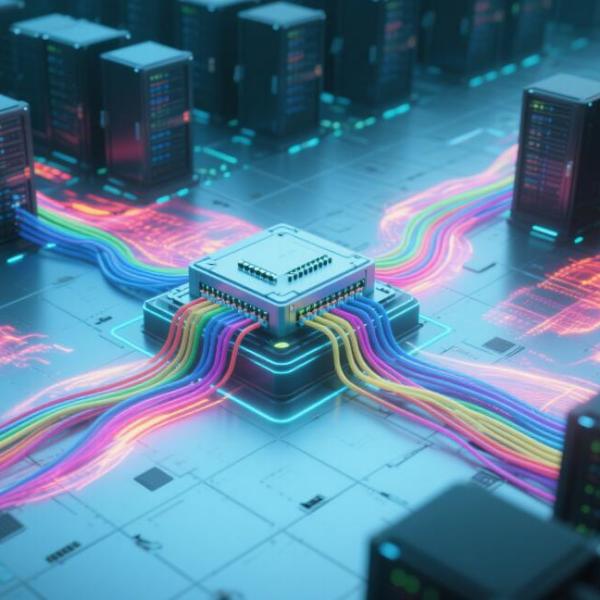
Types of Data Center Switches
In a hierarchical network structure, data center switches are classified based on their placement and role in the network. Here are the three primary types:
1. Core Switches
At the top layer of the networking hierarchy, core switches manage high-capacity traffic between different subsystems in the data center. They are built for speed and scalability, acting as a backbone for the entire network.
2. Aggregation Switches
Also known as distribution switches, aggregation switches connect the core and access layers. By consolidating multiple data flows, they streamline traffic for greater efficiency and reduced congestion.
3. Access Switches
Located at the edge of the network, access switches connect servers, end-user devices, and other equipment to the data center infrastructure. They play a critical role in ensuring optimal connectivity at the device level.
Each type has its role in maintaining the smooth operation of a data center. Choosing the right type depends on your network’s size, structure, and performance requirements.
Key Features of a Data Center Switch
Data center switches boast a range of advanced features that set them apart from traditional switches. These features are tailored specifically to large-scale network environments, ensuring scalability, reliability, and efficiency.
1. High Port Density
With hundreds or even thousands of ports, data center switches support large-scale connectivity in compact physical configurations.
2. Low Latency
Ultralow latency is critical for handling real-time applications, whether in financial systems, video streaming, or gaming platforms.
3. Redundancy and Reliability
Engineered for uninterrupted operation, data center switches enable failover mechanisms, ensuring network uptime even during hardware failures.
4. Scalability
Data center switches are built to grow alongside your network, accommodating higher traffic and more devices as needed.
5. Traffic Management
They come equipped with advanced features like Quality of Service (QoS), intelligent load balancing, and congestion avoidance.
6. Energy Efficiency
Optimized hardware and software ensure minimal power consumption while handling high workloads, lowering operational costs and environmental impact.
These features make data center switches a cornerstone of modern networking solutions, capable of meeting the ever-evolving demands of IT systems.
Applications of Data Center Switches
Data center switches are versatile devices that have become indispensable across various industries. Let’s explore their practical applications:
1. Cloud Computing
Data center switches ensure seamless data flow in virtualized environments, making them essential for cloud service providers.
2. Enterprise Networking
Companies rely on data center switches to connect multiple office locations, ensuring secure and efficient communication.
3. Telecommunications
Switches power telecom networks by enabling high-speed connectivity for voice, data, and video services.
4. E-commerce and Content Delivery Networks
E-commerce platforms and content-heavy services like Netflix and YouTube rely on data center switches to guarantee high performance, low latency, and scalability.
From powering global internet services to enabling virtualized enterprise networks, data center switches drive the backbone of modern IT infrastructure.
Why You Need a Reliable Data Center Switch Manufacturer
When it comes to choosing the right hardware for your data center, working with a trusted data center switch manufacturer is crucial. Here’s why:
Performance Guarantee: Experienced manufacturers ensure hardware designed for ultrahigh performance.
Industry-Standard Testing: Trusted providers test their products for reliability and scalability.
Tailored Solutions: Manufacturers like Lanbras offer customizable solutions that fit specific business needs.
Cost-Effectiveness: Reliable manufacturers balance performance, durability, and energy efficiency to optimize costs.
Choosing a reliable partner means fewer risks and better results for your network infrastructure. Learn more about scalable networking solutions at Lanbras.
Factors to Consider When Choosing a Data Center Switch
If you’re in the market for a data center switch, here are some critical factors to consider:
Scalability: Can the switch grow with your network demands?
Performance: Look for high throughput, low latency, and advanced traffic management capabilities.
Port Configuration: Evaluate the number of ports, speed options (10Gbps, 40Gbps, 100Gbps), and physical form factor.
Reliability: Ensure redundancy, failover mechanisms, and support for uninterrupted operation.
Energy Efficiency: Choose hardware that’s optimized for power consumption to reduce operating costs.
Lanbras can help you make the best choice for your specific data center needs.
Conclusion
A data center switch is more than just a networking device—it’s the backbone of modern IT infrastructure. Its ability to connect servers, storage, and systems with high efficiency and ultralow latency makes it a critical component for every data center.
If you’re searching for reliable and high-performing switches, work with a trusted company like Lanbras, a leading data center switch manufacturer offering scalable solutions. Visit Lanbras to explore their range of networking products and elevate your IT infrastructure today!
FAQs
What is a data center switch used for?
It connects servers, storage, and other devices, ensuring efficient communication and managing the high traffic demands of data centers.
What features should I look for in a data center switch?
Key features include high port density, low latency, traffic management capabilities, reliability, and energy efficiency.
What industries benefit most from data center switches?
Cloud computing, telecom, enterprise networks, and e-commerce platforms rely heavily on data center switches for seamless operations.
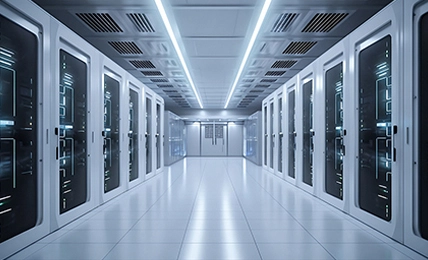 Internet Data Center
Internet Data Center FAQs
FAQs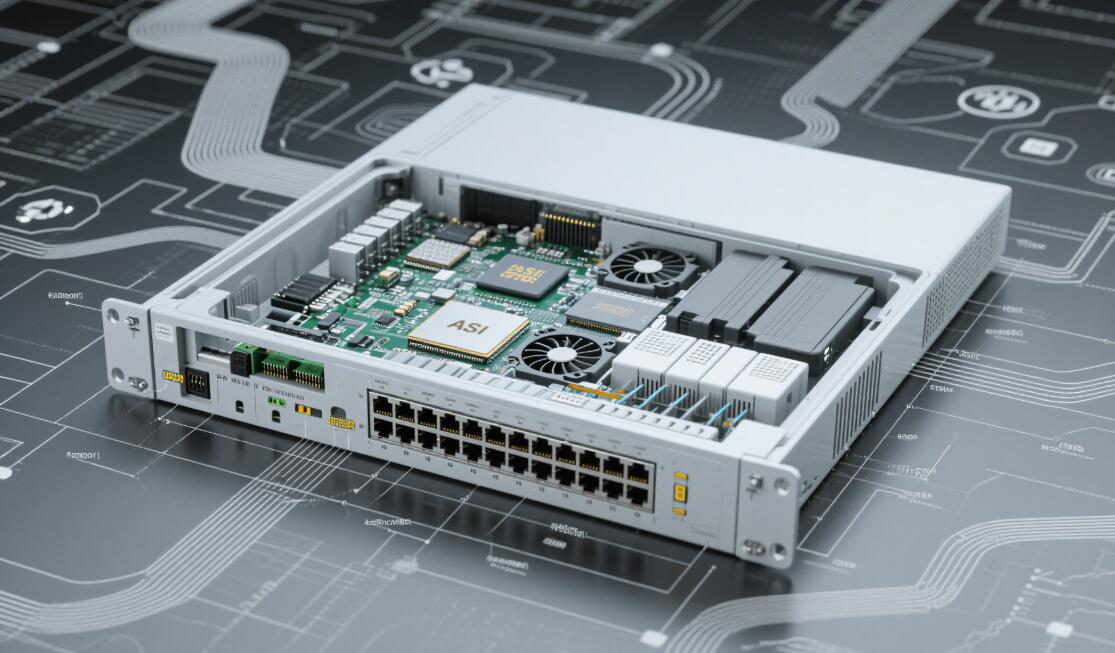 Industry News
Industry News About Us
About Us Data Center Switch
Data Center Switch  Enterprise Switch
Enterprise Switch  Industrial Switch
Industrial Switch  Access Switch
Access Switch  Integrated Network
Integrated Network  Optical Module & Cable
Optical Module & Cable 

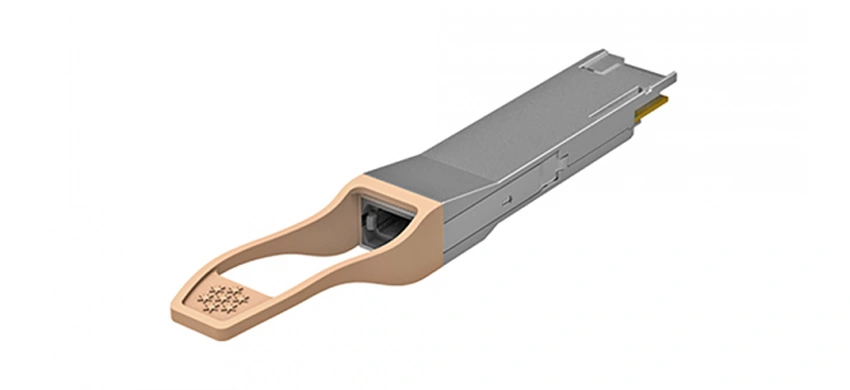
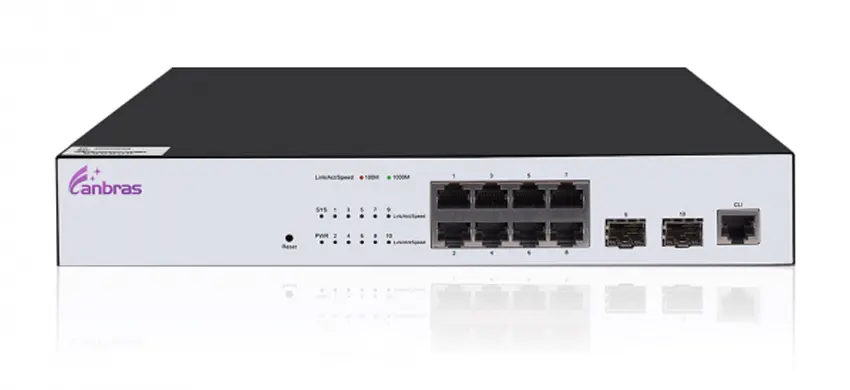
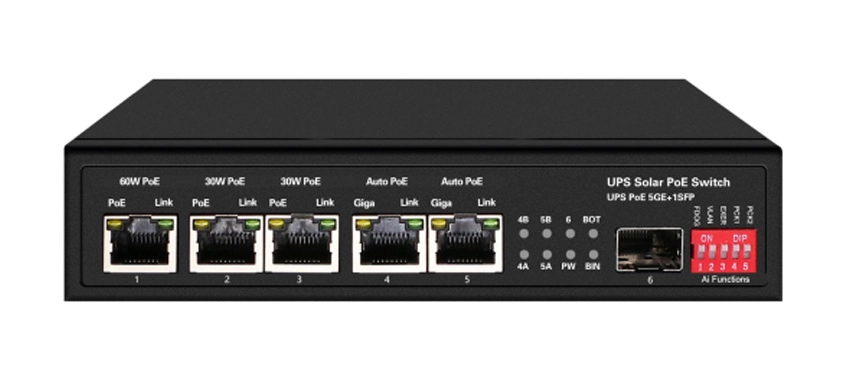
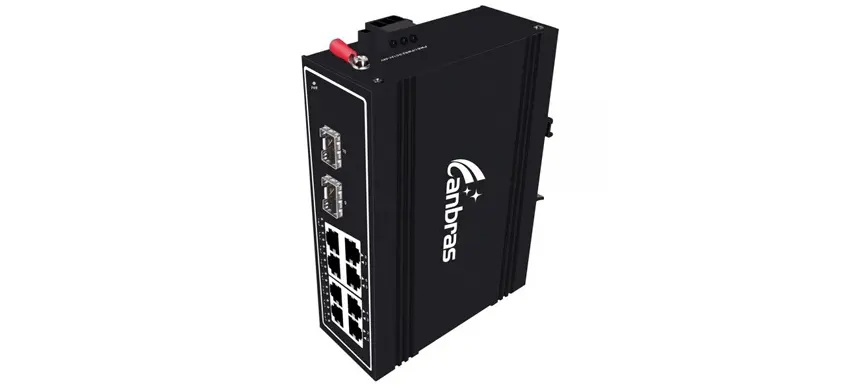



 Call us on:
Call us on:  Email Us:
Email Us:  Room 2106, 3D Building, Tianan Yungu Industrial Park, Xuegang Road No.2018, Bantian, Longgang, Shenzhen, P.R.C.
Room 2106, 3D Building, Tianan Yungu Industrial Park, Xuegang Road No.2018, Bantian, Longgang, Shenzhen, P.R.C.